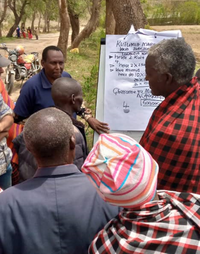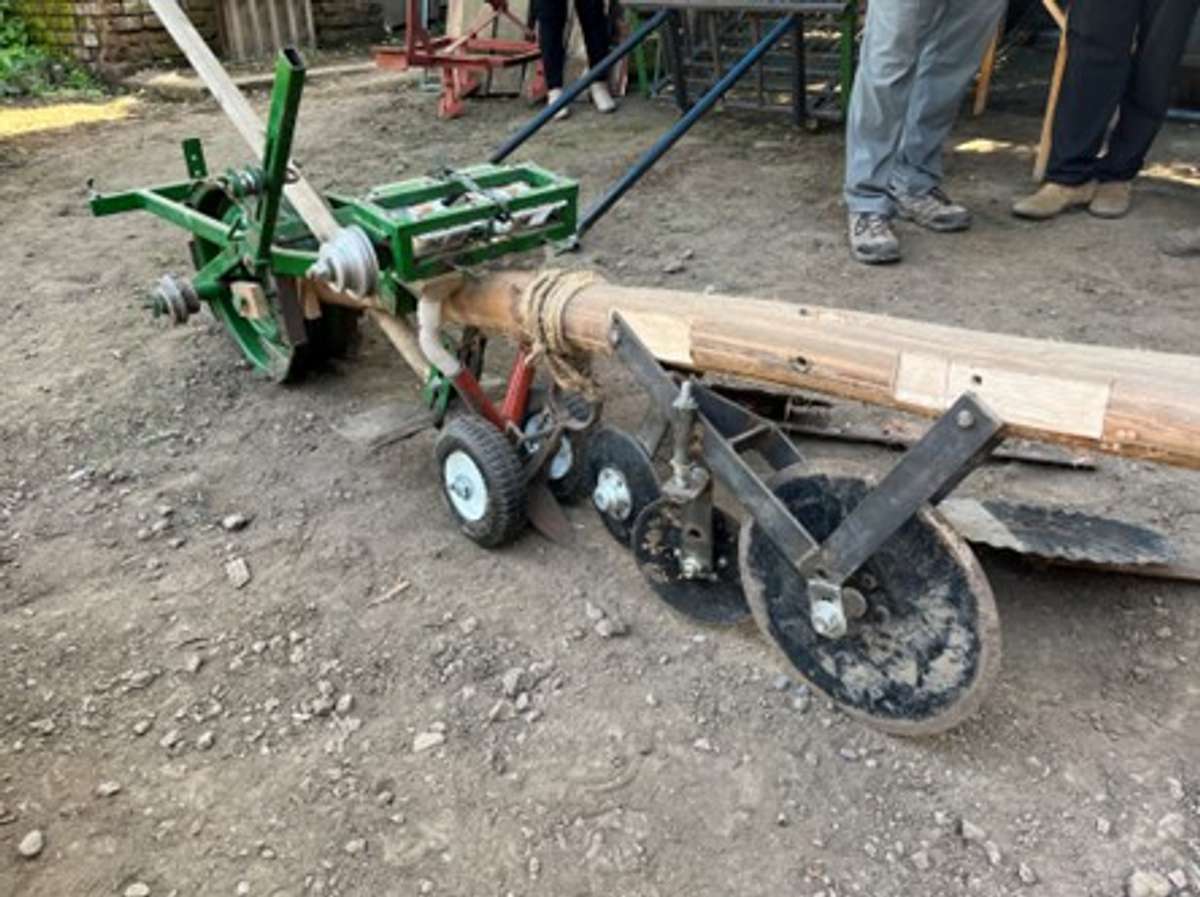Introduction
In April 2018, the team in East Africa involving ECHO, CFGB and local farmers Maresha started developing a low-cost seeder modified from the Ethiopian traditional ripper named Maresha. The team aimed at reducing the drudgery of Conservation Agriculture (CA) farmers during the planting seasons. Almost five years have gone since the first prototype which was using the rolling basket as a driving mechanism was developed. Within this period, many improvements were done on the seeder resulting to a product which is now used by farmers.
Dissemination of the seeder
In thinking ways that the seeder would sustainably be disseminated to the users, the team decided to use the Service Providers (SP). The SP have been in existence in the communities for many decades. They are the people who use their draft animals to work in their farms as well as providing services to their neighbors in payment basis. The services they offer; include plowing/ripping, planting, harvesting and transportation
The maresha seeder business model involves several steps:

Figure 3. Losikito farmer in their corn field. Source: ECHO East Africa Staff
- Studying the farmers seasonal calendar to know their planting dates
- Conducting farmers field day to demonstrate the way the seeder works. The audience in includes ordinary farmers, service providers and leaders. Main focus is on hands on practices and discussions on how the equipment can be used to make money through service provision.
- Identifying and registering buyers of equipment and place order for manufacturing
- Conducting a 3-days training to the service providers helping them to know how to operate and maintain the equipment, depth control, seeds calibration and planning the planting activity
- Follow-up of SP on how they are progressing. Checking with them if there is any problem of the equipment they are using and also monitoring different steps of plant growth: germination, growth and harvesting. Do comparisons with other farms where other planting means were used.
- Organizing learning events if possible: bringing other farmers to learn from the successful farms
Impact of the seeder to users
From 2022 to date our team has been receiving good stories from farmers telling the way the seeder is impacting their farming.
Olais Okan-the farmer and Service Provider Losikito village (Figure 3)
Maresha seeder is planting the seeds directly and consistently. It allows quick backfilling with moist soils. Hence, this contributes to better germination and growth than our ordinary methodologies. My neighbors have noted this difference in the last two seasons, and they have been convinced that they need to use the seeder.

Figure 4. Discussing technology improvements with farmers. Source: ECHO East Africa Staff
Lessons and challenges
- Avoid giving the seeder to the farmers at free of charge. Let them pay the full price. In-fact, it is good to show them by simple calculations, on how they can recover their price and making more benefit if they buy the seeder. This will bring sense of ownership and hence sustainability.
- Though the seeder is cheaper than other types of seeders (around US $ 250), it was difficult for farmers to pay the full cost at once. Most farmers have agreed with the system of paying as you go (PAYGO). Finishing up the loans has taken too long due to prolonged drought over the past three seasons.
Next steps
The team is looking for better ways of marketing the maresha seeders.
The manual for the Maresha minimal tillage plow and seeder (Figure 5) is currently available on ECHOcommunity.org (last updated May, 2022 - it may undergo updates which will be at the same link).

Figure 5. Current Maresha plow and seeder as of July, 2023. This is still a prototype undergoing adaptations to fit farmer needs. Source: Rod Sebastian